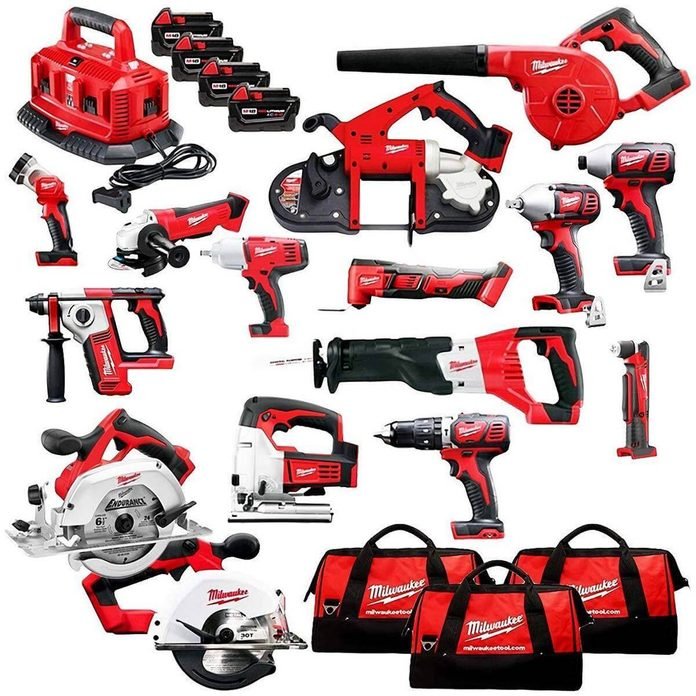
It’s difficult to find a consumer who owns more than one cordless power tools. In fact, some homeowners enjoy having multiple tools available for use. There are many brands and models of cordless power tools, each offering something a little different in the way of features or capabilities. Some have flashlights, which allow the user to light a path in the dark. Others can be used for drilling holes, removing insulation from walls or ceilings, or for shaping wood or metal – all activities that require the use of a power drill, a hammer, or a screw driver.
Cordless Power Tools offers many advantages over corded power tools. First, there is no clutter, as the tools are completely enclosed. Second, cordless power tools eliminate the need for a bulky power cord. And third, cordless power tools last much longer than corded ones. It’s no wonder that cordless power tools have become so popular with homeowners – they make work so much easier, don’t take up so much space, and are usually just as powerful as corded ones.
The key to choosing among the many cordless power tools is to first determine what type of work you’ll be doing with these tools. Some of them recharge batteries while others are plugged into an outlet. Some have rechargeable batteries, while others will rely on batteries. By determining what type of tool you’re buying, it will be easier to narrow down your choices.
Next, consider the batteries’ power, life, and voltage requirements. The higher the voltage of the batteries, the more expensive the tool will be. However, the higher the voltage, the quicker it will charge, as the motor control won’t have to slow down in order for the batteries to charge. If you don’t need as much power and don’t want to invest money in replacing batteries often, go with a lower voltage. If you are going to be using your cordless power tools during a lot of continuous usage, however, it’s better to choose a high-voltage battery.
It’s important to take into consideration any environmental factors that may affect the performance of your cordless power tools, especially when you’re storing your tools away from areas where there’s moisture or heat. Low-priced cordless tools are generally cheaper to operate over time because they use less energy and batteries than more costly ones. However, a lot of maintenance is necessary to keep these tools working in top shape. Also, avoid storing your tools in places where they can get wet, either through accidental immersion or excessive exposure to water or steam. Wet or damp cordless power tools won’t perform as well and could potentially damage the batteries.
Avoid using your cordless power tools in an enclosed area, such as a garage. The continuous air flow could cause dust and dirt to build up, which could impact the performance of your drilling equipment. Also, keep your cordless drill in a location where it cannot get too hot or too cold, which could also impact the performance of your drill. Place your drill near a window, a fan, or an open area in your garage where it will have some ventilation.
Safety is always important, so you should make sure that your cordless power tools come with a microcontroller power supply and a pack voltage regulator. You can find high quality regulators in both types that are built into the main unit itself. This allows you to add extra safety features to your main unit if you need them. There are different safety levels of operation for each type of tool, so you should make sure that you understand the way your cordless power tools work and if you’re using one that you don’t know very well, make sure to inquire before buying.
It’s important that you carefully select the batteries that you use with your cordless tools. For best results, you should choose rechargeable batteries that have a shorter charging time than you would use with rechargeable batteries. The reason is because you don’t want to try to charge your tools again just to go ahead and use them; you might discover that it takes several hours for your tools to actually charge completely. The best batteries to use with cordless power tools include Lithium-Ion (Li-Ion), nickel metal hydride (NiMH), lithium polymer (Li-Pow 2) and lithium iron hydrogen polymer (Li-Hg).
If you’re looking to upgrade to cordless power tools, choose Matrix Tools for the best services.
